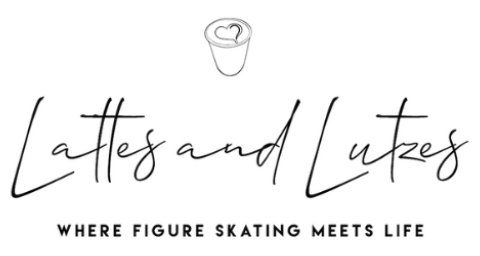
Have you ever found yourself questioning whether you’re in the wrong skates? If so, you’re not alone. Skate fitting is a nuanced process that requires careful consideration of various factors to ensure optimal performance and comfort on the ice. To shed light on this topic, I recently had the privilege of sitting down with Jonathan English, former professional skater, coach, and owner of The Sharper Edge Skates, to explore the intricacies of skate fitting and how to set yourself up for success.
Dispelling Common Misconceptions
One prevalent misconception about figure skate fitting is the belief in a one-size-fits-all approach. However, as Jonathan explains, this couldn’t be further from the truth. Skaters of different ages, levels, and disciplines have unique needs when it comes to boot fitting. For example, smaller children doing advanced jumps may require stiffer boots for adequate support, whereas adult skaters performing single jumps may benefit from a similar setup due to their size and training intensity.
Finding the Balance: Over Booting vs. Under Booting
Selecting the right boot involves striking a delicate balance between over booting and under booting. Over booting can lead to discomfort and hinder performance, while under booting may compromise the boots’ durability. Each boot has a stiffness rating, but it’s crucial to consider the skater’s activity level, body size, and training intensity. The brand of the boot is also a factor, with options like the Edea Ice Fly, which has a higher stiffness rating, but a lower profile, and is easy to break in. This can be suitable for skaters needing support while still allowing for ankle flexibility.
The Perfect Fit: What to Look For
Jonathan suggests trying on multiple sizes to find the perfect fit, starting with the smallest size. Skates that feel slightly snug during the fitting will allow for the padding to settle with wear and for the foot to be pushed back in the boot once the laces are tightened. Additionally, custom orthotics can correct foot pronation and improve alignment, enhancing the boot fit and feel.
Blade Selection and Customization
The initial blade size is determined by the brand of boot. For beginner skaters, the toe pick is positioned further away from the ice. As skaters progress, the toe pick is lowered for improved spinning and jumping. On very advanced blades, the toe pick is once again set further from the ice requiring a skater with the skill to handle the curve. Many skaters request a 7-foot or an 8-foot rocker radius, but the secondary rocker radius, which determines heel lift, that is the key factor. For example, observing the lift on the back of the blade during spins will highlight that secondary rocker radius. Too much curve will prove challenging for a less experienced skater to balance on. Finally, skaters performing complex maneuvers such as triple or quad axels may opt for less secondary rocker or a customized blade sharpening to ensure they hit the toe pick sooner for the advanced jump.
Embracing Innovation: Lightweight Boots and Blades
Advancements in technology have led to the development of lighter-weight boots and blades, which are increasingly popular among competitive skaters. These innovations offer benefits such as improved maneuverability and reduced fatigue, particularly for skaters who spend extensive time on the ice. However, some adults returning to the sport after an absence may prefer traditional equipment for its familiarity and comfort.
The Role of Communication and Feedback
Effective communication between the skater and the skate technician is crucial for achieving the best fit and performance. Jonathan emphasizes the importance of ongoing dialogue and encourages skaters to voice any concerns or discomfort promptly. By speaking with a coach or viewing a video of the skater in practice, skate technicians can gain valuable insights into the skater’s needs and make necessary adjustments to optimize performance.
Exploring New Possibilities
While changing brands of skates can be daunting, it can also open up new possibilities for improved fit and performance. Trying out a friend’s skates or purchasing older pairs online to test different brands before committing to a purchase can provide valuable insights. However, Jonathan cautions that older blades may have diminished rocker, affecting their feel.
By understanding the nuances of skate fitting and prioritizing communication and feedback, skaters can set themselves up for success on the ice. So, if you’ve ever wondered, “How am I in the wrong skates?” remember that with the right guidance and expertise, you can find your perfect fit and skate with confidence.

0 Comments
Trackbacks/Pingbacks